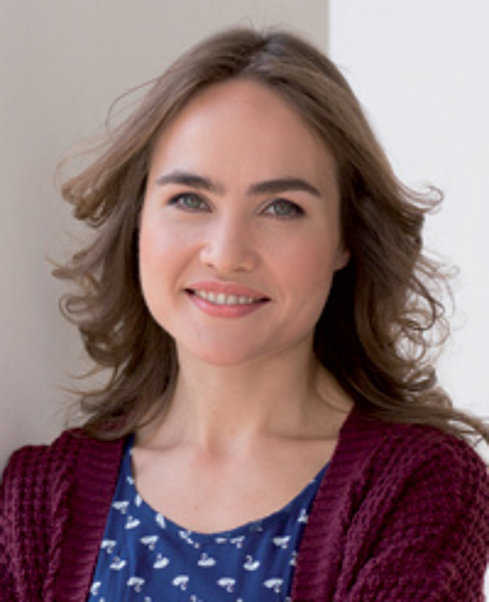2015 Finalist Julija Krupic, Ph.D. Sir Henry Wellcome Fellow University College London

Julija Krupic received her undergraduate degree from Vilnius University in Lithuania and a Ph.D. from University College London (UCL). She is currently a Sir Henry Wellcome Fellow at UCL where she is conducting research on how hippocampal place cell activity guides animal’s behaviour and its perception of self-location. Dr. Krupic will move to the Salk Institute to work in collaboration with Ed Callaway, where she will use monosynaptic pseudo-rabies virus-tracing techniques to unravel how connectivity affects the functional properties of place cells.
Brain Crystals
Parahippocampal grid cells are active in multiple fields covering the entire space explored by an animal and arranged in a hexagonal symmetry similar to hexagonal ice crystals. Grid cell pattern appeared to be invariant to both properties of the environment (its size, shape etc.) as well as the animal’s behavior (running speed, grooming etc.) prompting the suggestion that they represented an internally-generated universal metric of space. During her Ph.D. in the laboratory of John O’Keefe, Julija Krupic became curious whether the hexagonal grid was the only possible crystal structure to be found in the brain. Her work showed that grid cells could diverge from the hexagonal symmetry and this divergence was largely determined by the geometry of the environment. She proposed a general mathematical framework based on the Fourier transform to describe grid cell properties under various experimental conditions. She and colleagues also suggested a theoretical model which assumed that grid cells are generated from the interaction between place and boundary cells. These results make us wonder what grid cells are really used for. Is it a metric system with some limitations or is it a matrix of locations from which the metric property has emerged as a side effect?
For Dr. Krupic’s full essay, see Science online at sciencemag.org.
